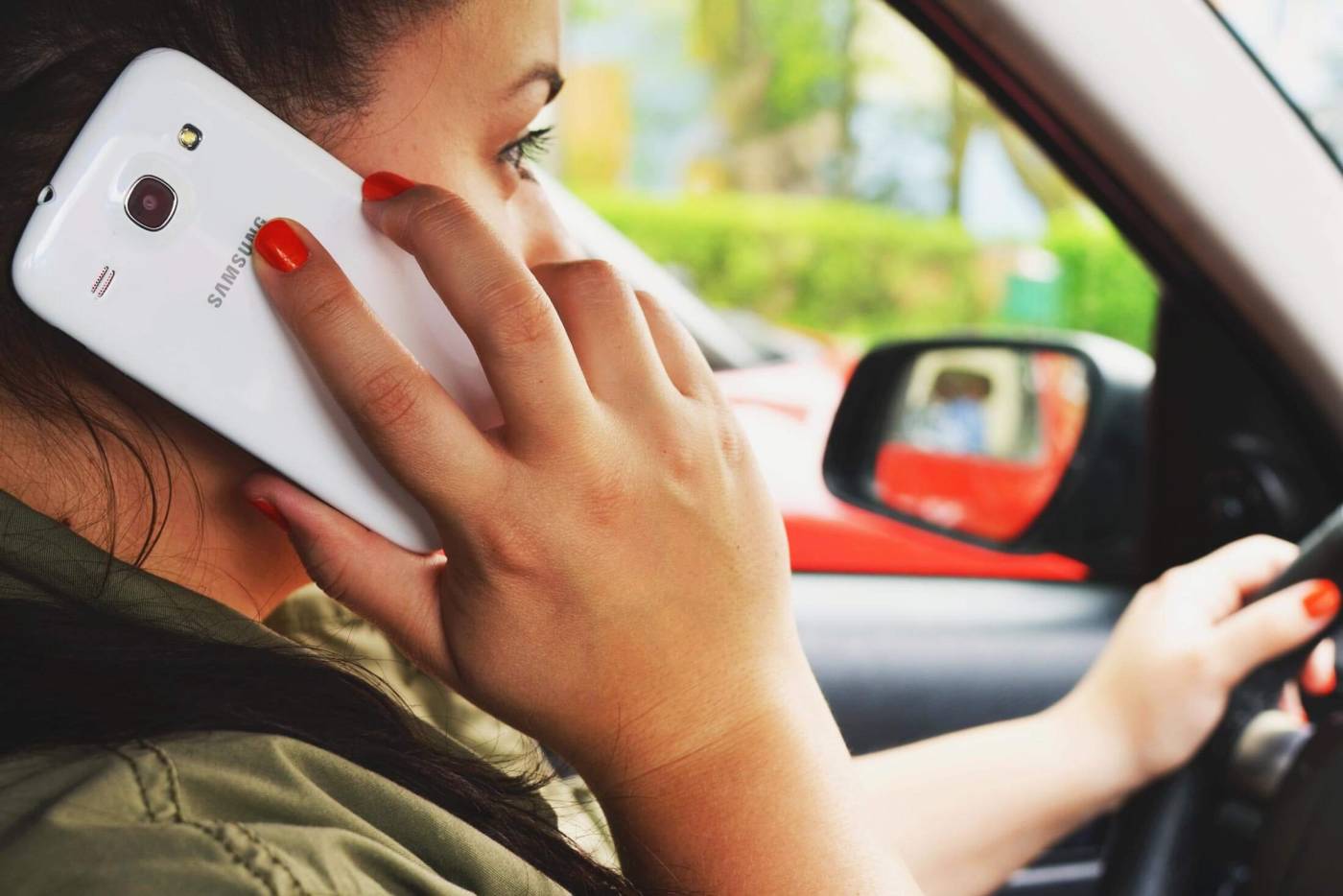
Talking & Driving
*UPDATE: After writing this blog, I came across this video, which hits the point home like I never could. I'll admit, it's pretty easy to ignore boring research studies and dreary statistics, but this video simply cannot be ignored. Please share this with everyone you know: IT CAN WAIT VIDEO.
Studies Show that Talking on Your Cell Phone and Driving Just as Bad as Drunk Driving.
Inattention blindness is an interesting phenomenon that occurs when you are looking at something but are so distracted mentally (for example, talking on a cell phone) that you don’t really see it.
Here’s an example: In 2004, a young woman from Grand Rapids, Michigan, was driving and talking on her cell phone when she ran a red light and slammed into another vehicle, killing a 12-year-old boy in the other vehicle. Her light had been red for some time and several witnesses observed the woman looking straight ahead (not texting or looking down at her phone) as she sped past several cars in the lanes next to her that were completely stopped for the red light. She never even touched her brakes before hitting the other vehicle in the intersection.
Are Phone Calls Really that Distracting?
Researchers have called this a classic case of “inattention blindness” because, although the driver was clearly looking out her windshield at the traffic around her and the traffic signals in front of her, she apparently did not see any of this. Studies have found that it takes a considerable amount of concentration to take in and process the ever-changing road environment as you are driving, including identifying potential hazards, constantly estimating the speed and distance of other vehicles, and seeing and constantly processing stimuli like traffic lights and street signs — all within fractions of a second. And when you’re talking on the phone, a large part of your attention is being diverted to the telephone conversation instead of the road conditions in front of you.
In fact, although texting while driving is clearly dangerous, data shows that drivers talking on cell phones are involved in more crashes than those texting. The National Safety Council estimates that 21% of all crashes in 2010 (or 1.1 million crashes) involved drivers talking on a cell phone. In contrast, only 160,000 crashes involved drivers texting while driving. This may be explained because drivers talk on cell phones more often, and for longer periods of time, than drivers who text.
A 2005 study compared intoxicated drivers with drivers talking on a cell phone. The study confirmed that drivers talking on a cell phone had delayed braking reactions, were more likely to miss traffic signals and road signs, and got into more traffic accidents in general than those not on a cell phone. The study found that it didn’t matter whether the subject was using a handheld cell phone or a hands-free device, because it’s not so much having a hand off the wheel that’s the problem — it’s having your brain so occupied with something other than the road. The study, surprisingly, concluded that talking on a cell phone can impair a driver as much as being intoxicated.
The Difference Between Listening and Interacting
Interestingly, while listening to radio broadcasts or books on tape is a cognitive distraction, these activities do not typically result in noticeably impaired driving abilities or reaction time the way that talking on a cell phone does. Although it is not entirely clear why talking on the cell phone is much worse than listening to a book on tape or the radio, one hypothesis is that talking on a cell phone requires interaction while listening to a book on tape or radio broadcast does not. It may be that this interactive nature of a telephone conversation, one that requires your active participation in the conversation, requires more focus than other driver distractions like radio.
While many people have begun to change their behavior regarding texting and driving, many are still unaware of the dangers of talking on a cell phone while driving. The National Highway Traffic Safety Administration estimates that at any point in the day, at least 10% of drivers are talking on their cell phones. About one in three people surveyed by AAA admitted to talking on their phone while driving on a fairly regular basis.
Looking out For Yourself and For Others
Most of us are guilty of talking on a cell phone while driving, but now that I know it can be just as dangerous as drinking and driving or texting and driving, I can’t help but think about that woman in Michigan who killed the young boy whenever my phone rings in the car.
So, unless it’s a call from Publishers Clearing House telling me that I won the lottery, it’s going straight to voicemail (sorry mom, you can tell me about the annoying neighbor later).
